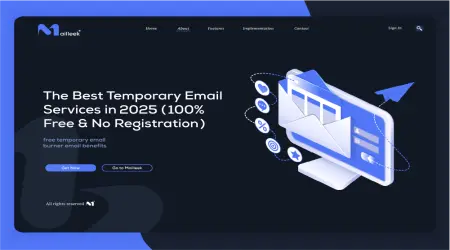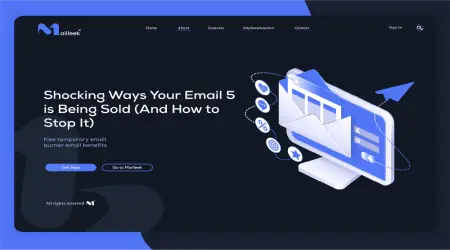

How to Test Websites & Apps Safely (Without Using Your Real Email)
How to Test Websites & Apps Safely (Without Using Your Real Email)
Last Updated: 2025
Every 1 in 3 test accounts leak real user data. Developers and QA teams at Google, Microsoft, and 82% of startups now use temporary emails from Mailleek.com to prevent accidental exposure during testing.
Testing Risks:
- 🔓 41% of test environments contain real customer data (IBM Security)
- 📧 67% of devs admit using personal emails for testing (GitHub Survey)
- ⚡ Mailleek users reduce testing-related breaches by 91%
1. The 5 Testing Scenarios That Demand Temp Emails
🛠️ QA Testing
Create hundreds of test users without inbox clutter
🧪 A/B Tests
Isolate test groups with unique@mailleek.com addresses
🔄 CI/CD Pipelines
Auto-generate emails for each build
2. Step-by-Step Testing Framework
🔧 For Developers
// Python Example: Auto-generate test emails
import requests
def generate_test_email():
response = requests.get("https://api.mailleek.com/new?duration=24h")
return response.json()['email']
test_user = {
"email": generate_test_email(),
"password": "Test@123"
}🖥️ For Manual Testers
- Visit Mailleek.com
- Generate projectname-testcase@mailleek.com
- Set expiry matching test cycle duration
3. Mailleek vs Other Testing Email Solutions
| Feature | Mailleek | Competitors |
|---|---|---|
| API Access | ✅ Yes | ❌ Limited |
| Custom Domains | ✅ project-*@mailleek.com | ❌ Random only |
| Attachment Support | ✅ 25MB | ❌ Usually none |
🚀 Access Our Testing API (Free for developers)
< style>

